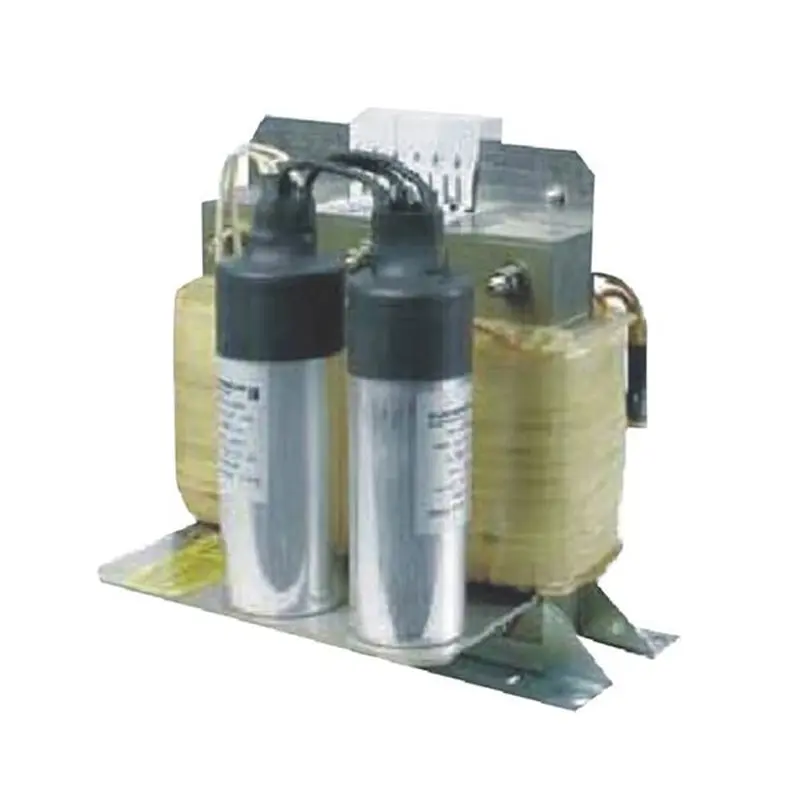
In today's modern world, electric motors play an important role in various industries, powering various devices from appliances to machinery. However, efficient, reliable operation of these motors can be hampered by factors such as excessive ripple voltage, resonance, high dv/dt and eddy current losses. To overcome these challenges, advanced technology in sine wave reactors has become a game changer. In this blog post, we’ll take a closer look at the benefits and features of a sine wave reactor and how it can optimize motor performance.
The sine wave reactor is a key component in converting the motor's PWM output signal into a smooth sine wave with low residual ripple voltage. This conversion is crucial as it prevents damage to the motor winding insulation, thereby extending its service life. By providing a consistent and stable waveform, sine wave reactors ensure the motor operates within its optimal range, minimizing the risk of overheating or electrical failure.
Another key advantage of sine wave reactors is their ability to reduce resonance phenomena caused by distributed capacitance and distributed inductance that are common in long cables. Resonance can cause unwanted voltage spikes, which can pose a serious threat to the insulation and overall performance of the motor. By adding a sine wave reactor to the system, these voltage spikes can be effectively eliminated, ensuring smooth, uninterrupted operation.
High dv/dt (rate of voltage change) can also cause problems for motors, causing overvoltage that can damage the motor windings. However, sine wave reactors act as buffers, mitigating the effects of high dv/dt and reducing the risk of overvoltage. This advantage not only prevents potential damage, but also increases the reliability of the motor, allowing it to operate safely under a variety of load conditions.
Eddy current losses are an unavoidable phenomenon in motors and can lead to unnecessary energy waste and premature motor damage. Thankfully, sine wave reactors solve this problem by effectively reducing eddy current losses. By optimizing the power consumption of the motor and minimizing energy waste, the use of sine wave reactors can significantly improve energy efficiency, thereby saving costs and reducing the carbon footprint.
In addition, the sine wave reactor integrates a filter that suppresses the audible noise generated by the motor, thereby enhancing the user experience and improving the working environment. Reducing noise pollution is particularly important for noise-sensitive industries or applications that require quieter operation.
Sine wave reactor technology has revolutionized the world of motor control, ensuring optimized performance, increased reliability and energy efficiency. Sine wave reactors convert PWM signals into smooth sine waves, mitigate resonance, eliminate overvoltage and eddy current losses, and reduce audible noise, making them a no-brainer for businesses aiming to maximize motor life and productivity. Missing components. Adopting this advanced technology can translate into long-term cost savings, improved machine performance and a greener environment.
Post time: Nov-16-2023